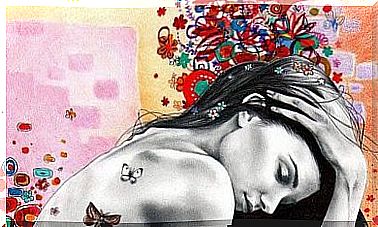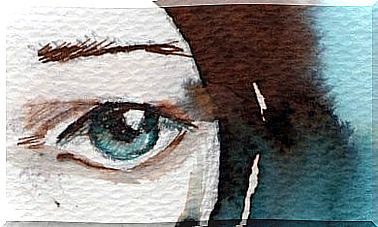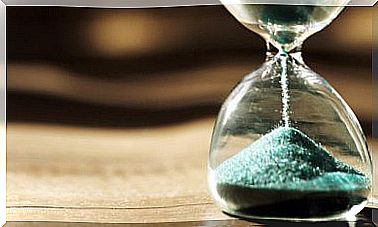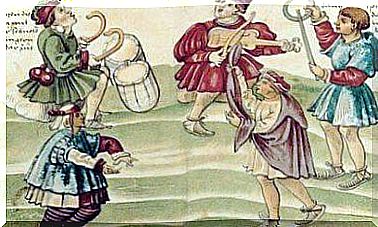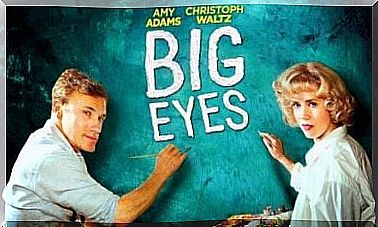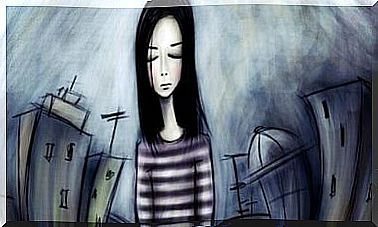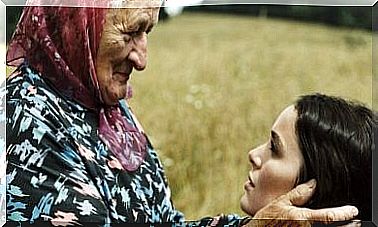In-group Bias: What Does It All Mean?
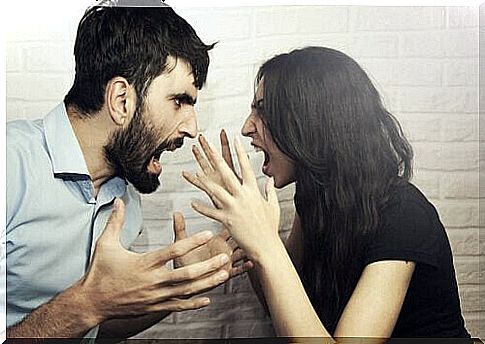
Are you familiar with the concept of in-group bias? According to sociology and social psychology, people create social categories and classify other people according to these categories.
In other words, we create groups based on things like nationality, ethnicity, religion, gender, and preference. This means that some people will be in the same group as us and others will not. This leads to an in-group bias.
In-group bias can be defined as the human tendency to favor or value members within one’s own group more than those outside one’s own group. In other words, they place the people within their group above the people who do not belong to their group.
The prejudices and conflicts within the group
The in-group bias is seen as a product of the conflict between groups. This is caused by the different interests between the groups or by incompatible goals. Two groups can have the same goal, but when one achieves the goal, it means the other cannot.
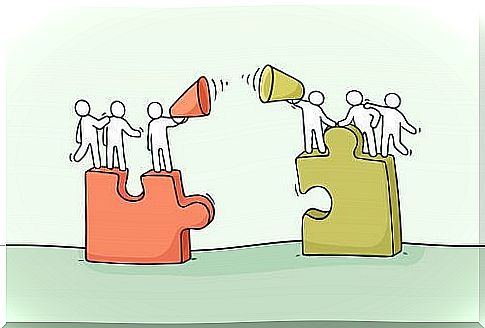
Football is the perfect example. Football fans identify with their team and so they create a group that includes the fans of their team but not the fans of other teams. In the case of a football league, the goal is to win.
However, only one team can win. This automatically causes us to conflict with the fans of other teams, especially if they pose a threat because we see that they have more chances to win than the team we are fans of.
The conflict can be more or less intense. This depends on our commitment to our group and on other factors. With regard to the in-group bias, our attitudes, perceptions, preferences and even our behavior will change.
For example, we will consider the people who are fans of other teams less friendly. This can make us treat them worse, while treating our team’s fans better.
Progress in the study of in-group bias
Further research has shown that conflicting interests or conflicts are not necessary for the formation of an in-group bias. Although members of other groups are not always treated badly, there will always be an in-group bias. We will always favor our group.
Research has also been able to explain the reason behind the in-group bias. Assuming that people feel motivated to have and maintain a positive concept and image of themselves, we see that people are partly defined by the groups to which they belong.
Therefore, if a person wants to have a good image, he must also make the image of his group positive. People are therefore motivated to positively evaluate the groups to which they belong.
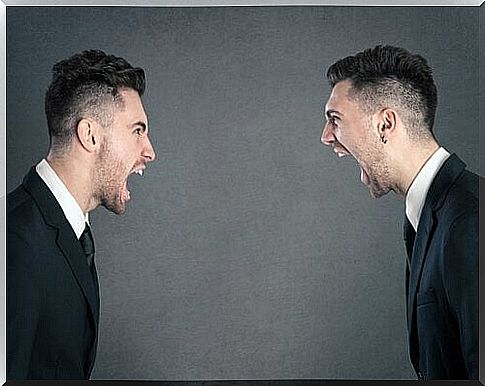
How do you arrive at a positive evaluation of the group itself?
We judge our groups by comparing them to others. We are not saying that our group is good, but that it is better than another or the best group of all.
When we compare our group with other groups, we get a positive rating and our self-esteem increases. We conclude that our group is different and better than other groups. Researchers call this positive in-group distinguishability.
In order to produce in-group bias and change our perception, evaluation, and behavior as a result of seeking a positive distinction, four conditions must be met:
- People must identify with their group and use this identity to define the image they have of themselves.
- They should compare their group to other groups based on a characteristic they consider important.
- They should consider the group to which they should compare their group as important.
- The actual positions of the compared groups should be somewhat ambiguous.
In short, belonging to a group has consequences that we do not always recognize. Favoring people we consider to be members of our group is one of them. Knowing the effect of this identification with social groups is the first step to controlling the impact it has on us.
